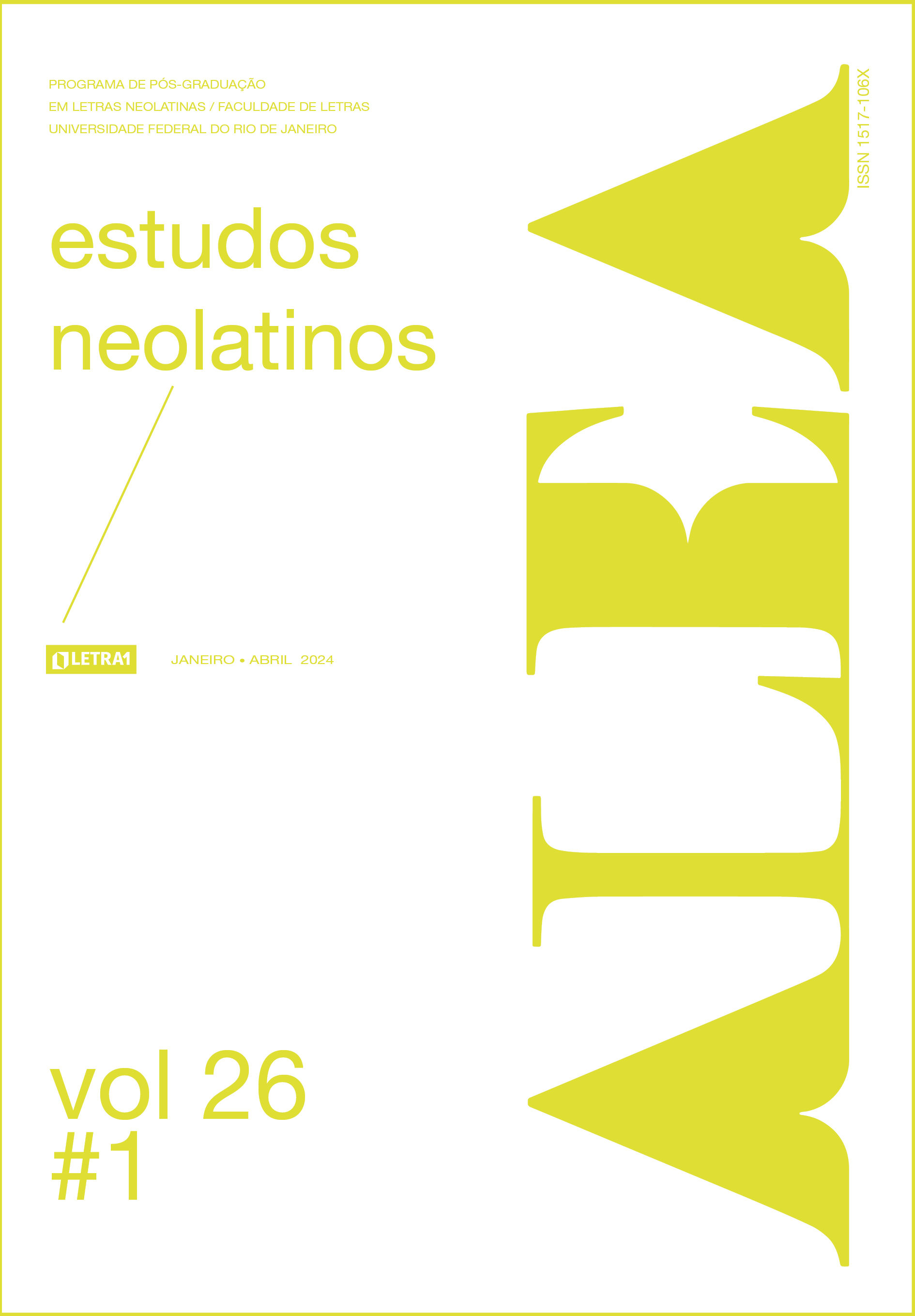Thimor de Manuel Astica: Una mirada al relato utópico desde la ecocrítica
DOI:
https://doi.org/10.1590/1517-106X/2024e62119Abstract
El personaje de la novela Thimor (1932) de Manuel Astica viaja por el Pacífico decidido a encontrar el mítico continente de Lemuria y relata en su bitácora los cuestionamientos a sus propios principios morales, alterados al contrastarse con las prácticas vitales de los isleños en su convivencia con la naturaleza. La narración avanza por los entramados del relato utópico para desentrañar el significado de esta transcendental experiencia y permite auscultar los acontecimientos que inspiraron a Astica en su creación: su paso por la Marina chilena y su rol en la revuelta de la Armada en 1931. A nuestro parecer, su encarcelamiento tras el motín, despierta en el autor reflexiones sobre las inequidades sociales que, desde el discurso ecocrítico, se enmarcan en una dialéctica entre el bienestar y la explotación medioambiental y del ser humano.
Palabras clave: utopía; ecocrítica; naturaleza; viaje.
Downloads
Published
Issue
Section
License
THE AUTHOR/S confirm/s his, her or their participation in all stages of work preparation: 1) Conception, project, bibliographical research, analysis and interpretation of data; 2) Writing and reviewing the manuscript; 3) Approval of the final version of the manuscript for publication; 4) Responsibility for all aspects of the work and guarantee for the accuracy and integrity of any part of the work. The submission of works implies the immediate cession, without onus, by all authors, of publication rights to the journal Alea, licensed under CC BY (https://creativecommons.org/licenses/by/4.0/). The authors are fully responsible for the content of the article and continue to hold all copyrights for subsequent publications of it, and should, if possible, include the reference to the first publication in the journal. Alea does not commit to returning received contributions. Authors of articles, reviews or translations will receive a copy of the journal.

